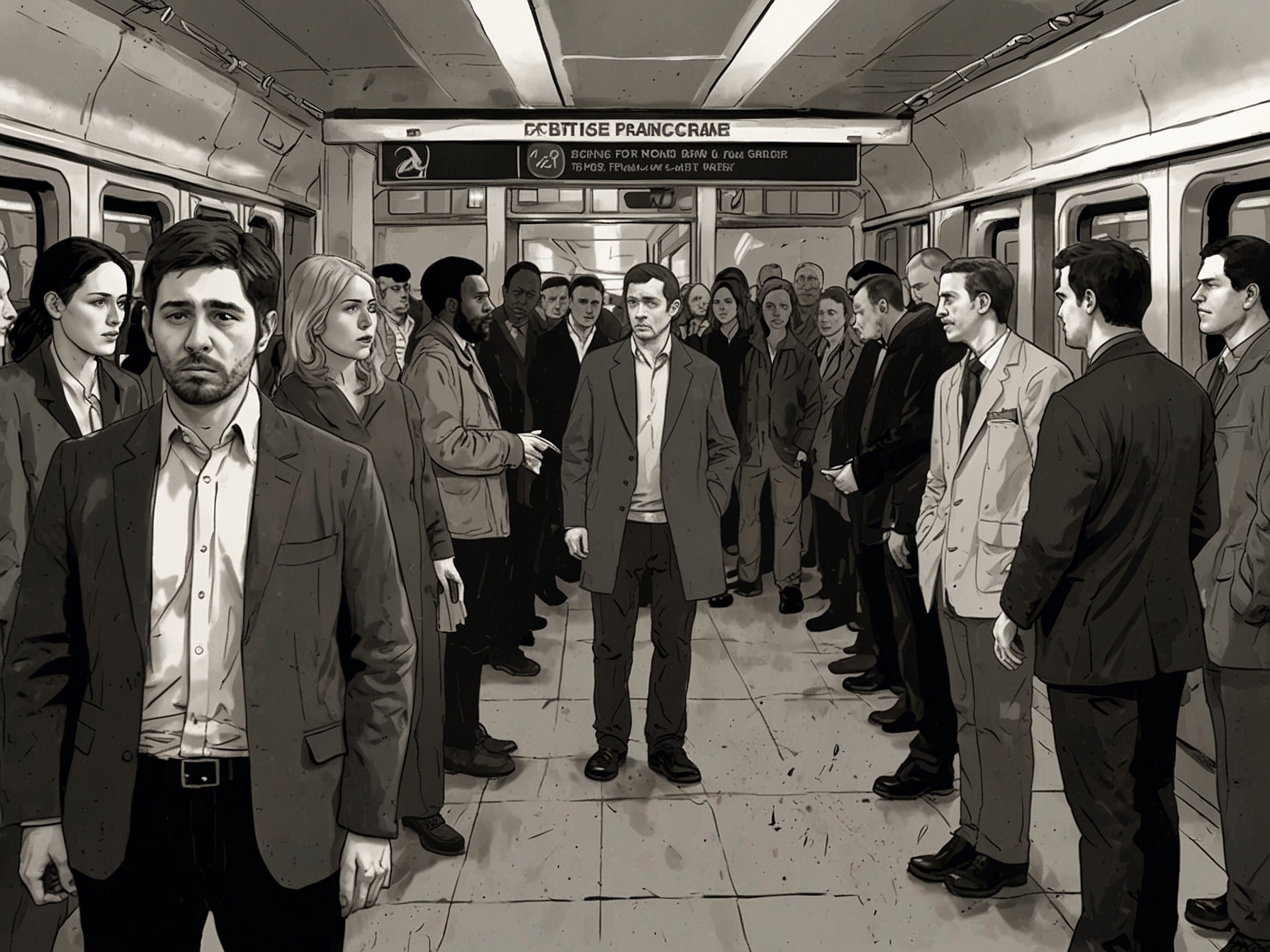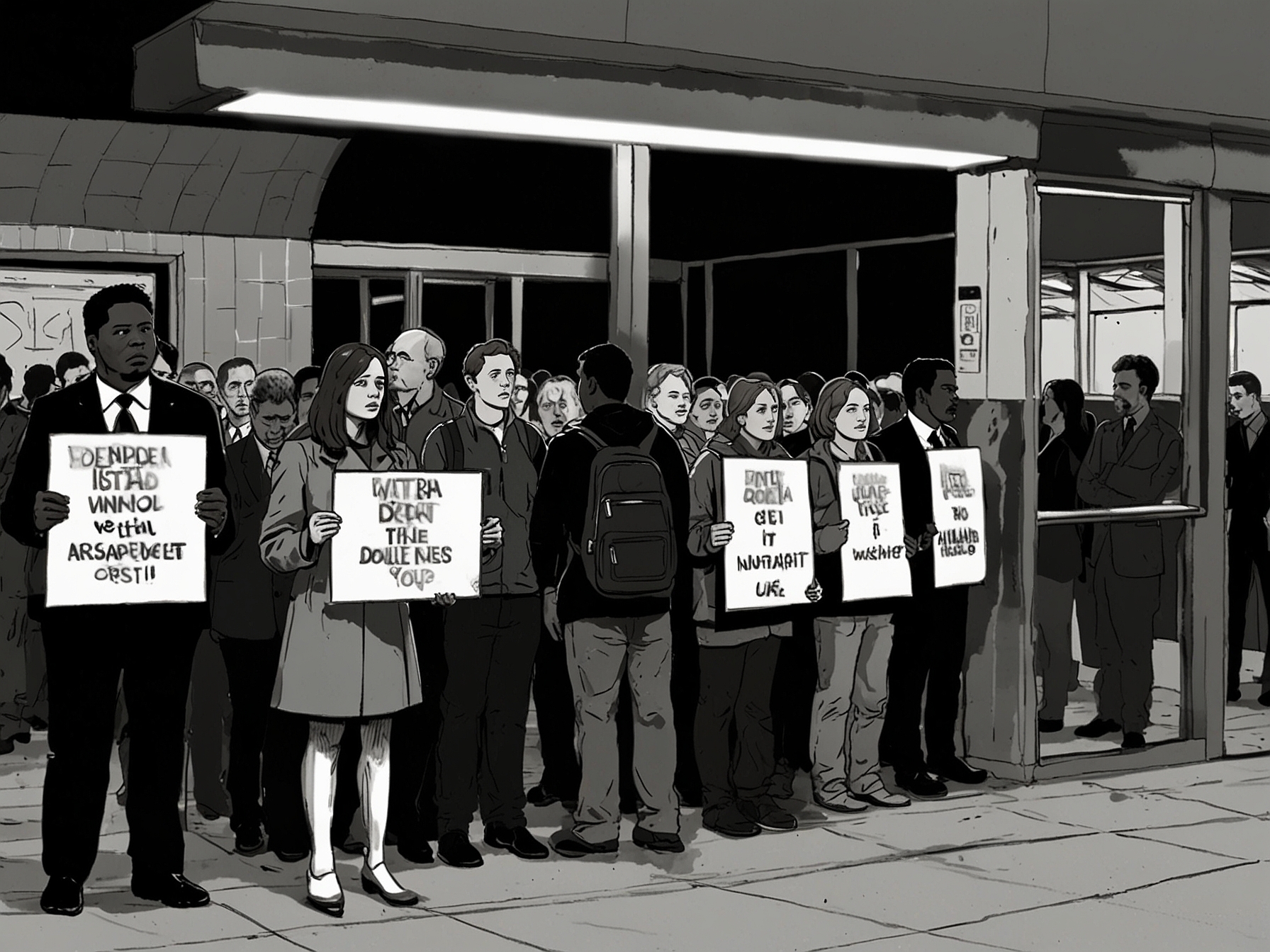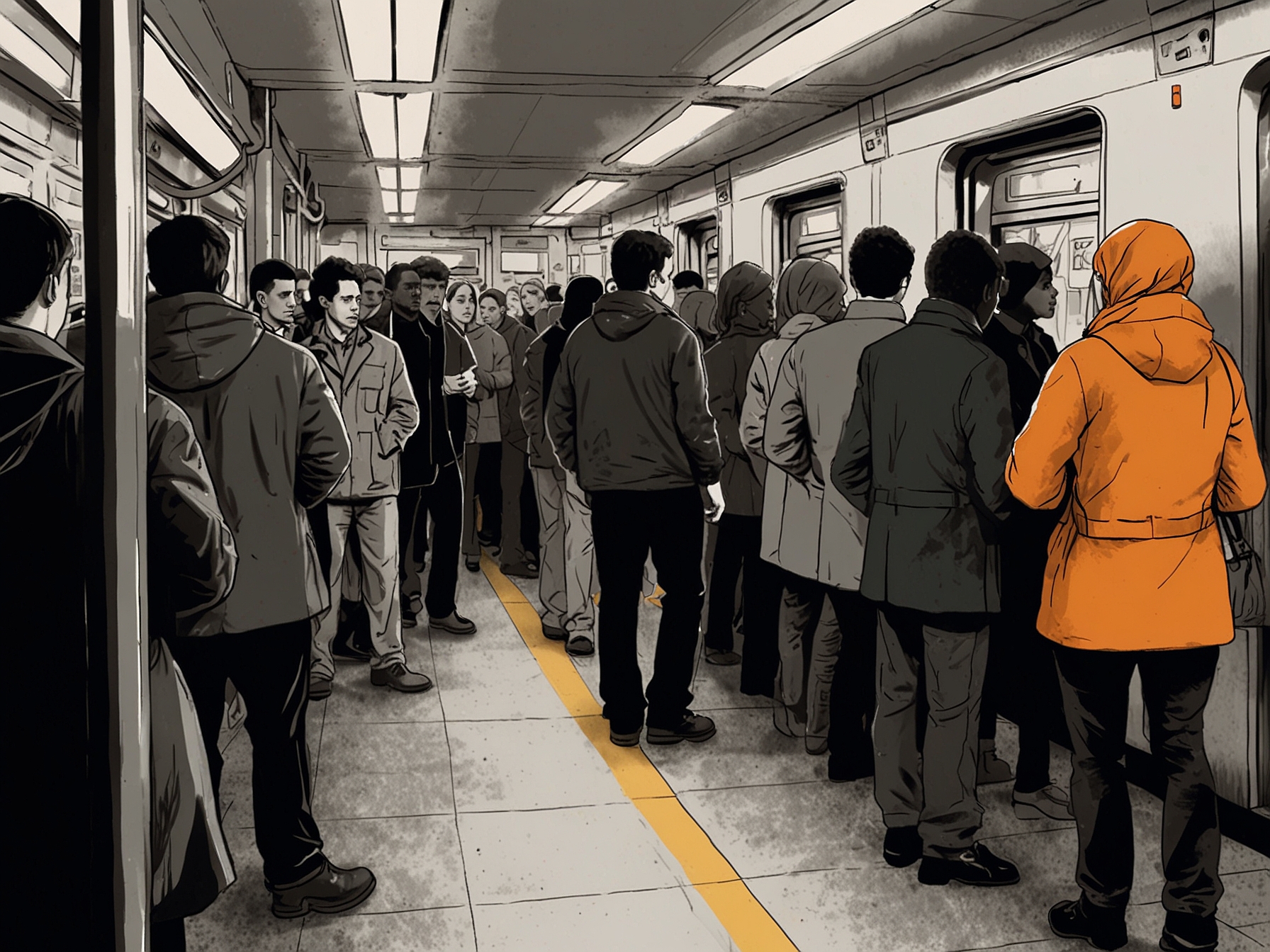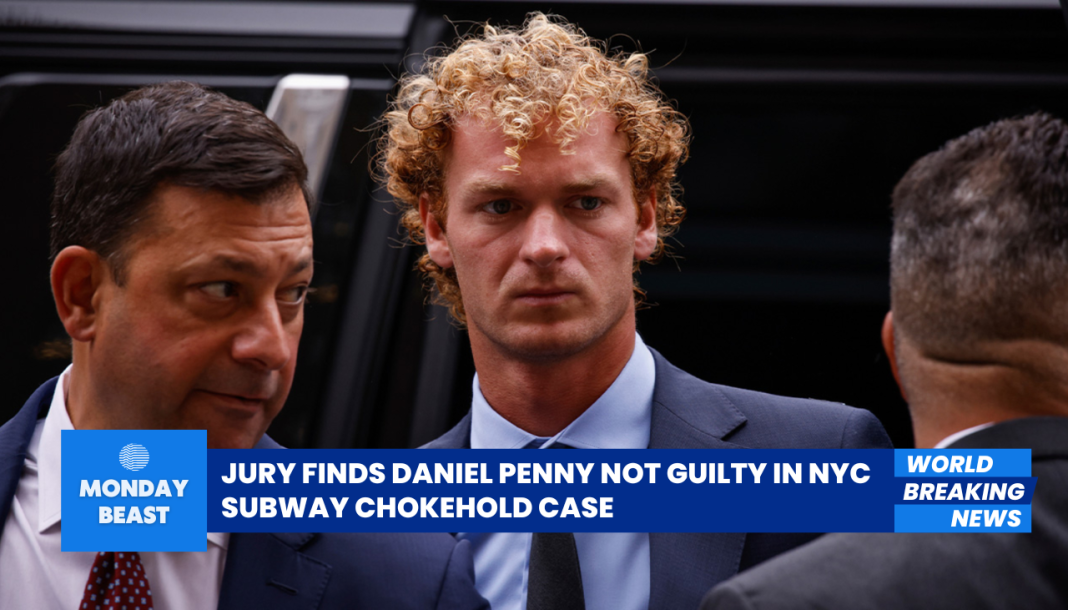Overview of the Case
On Monday, a jury reached a decisive verdict in the controversial chokehold case involving Daniel Penny. The former Marine was found not guilty of criminally negligent homicide in the death of Jordan Neely, a homeless man. This case has sparked intense debate about public safety, mental health support, and accountability.
The charges stemmed from an incident on a New York subway where Penny placed Neely in a chokehold. The altercation occurred after Neely, who had a history of mental illness, began shouting at passengers. Many grapple with how to balance public safety with compassion for those in crisis. This is more than just a legal battle; it’s a reflection of broader societal issues.
Understanding the Jury’s Verdict

The jury’s verdict surprised many observers. They deliberated for days before reaching a unanimous decision on the less severe charge. But why did the jury return so quickly with a not guilty ruling? This question lingers in the air, especially after they struggled for days on the more serious manslaughter charge.
Prosecutor Dafna Yoran argued that Penny’s actions were reckless, pointing to the chokehold’s duration. Neely was subdued for about six minutes, during which he clearly ceased to be a threat. Shouldn’t his life have mattered more than the perceived danger? The jury’s decision raises eyebrows and sets a complex precedent concerning self-defense arguments.
The Role of Mental Health in the Trial
Mental health issues were at the forefront of this case. Neely was struggling with schizophrenia and was reportedly under the influence of synthetic marijuana during the encounter. This raises difficult questions: how are we supporting the mentally ill in public spaces?

At what point does a person’s mental health status absolve another of responsibility if violence ensues? Neely’s family feels the system failed him, and some advocates argue the verdict reflects a lack of understanding of mental health challenges. This isn’t just a courtroom story; it’s a wake-up call that mental health in America desperately needs attention.
The Public Reaction and Protests
Following the verdict, public response was immediate and visceral. Many protested, believing the ruling ignored Neely’s plight. The social dynamics in play are complex; supporters of Neely’s family view Penny as a vigilante. But, is he just a man trying to protect his fellow riders?
Neighborhoods stirred with emotions, leading to discussions that spread far beyond Manhattan. The protests are demonstrations of a larger societal conflict over how we treat the homeless and mentally ill in urban spaces. Can we truly call ourselves a civil society if we are willing to overlook their struggles?
Implications for Future Cases

This verdict could have lasting impacts. It raises essential questions about what constitutes appropriate use of force. If Penny’s actions were justified in the eyes of the law, what does that mean for future encounters on public transit? The concerns are many: are transit workers and riders unsafe?
Legal precedents hang in the balance. Jurors grappled not just with the incident but with wider issues of public safety. The legal system must sift through the narratives of fear and protection. Can we find a balance where both sides feel secure and respected?
A Continuous Dialogue
Post-trial, discussions surrounding public safety and mental health are more critical than ever. Activists are advocating for improved resources for the homeless and those with mental illnesses. They emphasize that real solutions involve systemic change, not just courtroom victories.
Communities are reaching a boiling point. Lawmakers are under pressure to address these conversations. Initiatives to provide better mental health resources can transform lives and prevent tragedies.
Neely’s case is a heartbreaking reminder of lives lost, but it also serves as a catalyst for change. It could incite vital conversations about our collective responsibilities to one another. If we are willing to have them, what transformations could await us?




